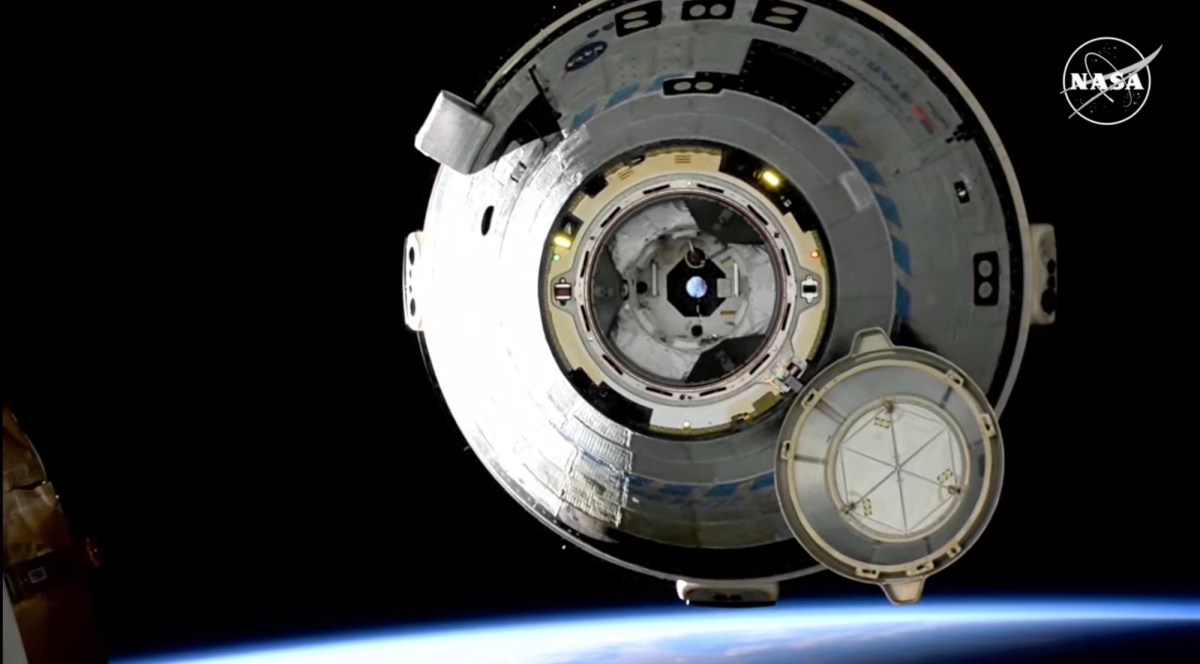MILAN — NASA will use SpaceX’s Crew Dragon for its two crew rotation missions to the International Space Station in 2025 as it continues to evaluate if it will require Boeing to perform another test flight of its Starliner spacecraft.
In an Oct. 15 statement, NASA said it will use Crew Dragon for both the Crew-10 mission to the ISS, scheduled for no earlier than February 2025, and the Crew-11 mission scheduled for no earlier than July. Crew-10 will fly NASA astronauts Anne McClain and Nichole Ayers along with astronaut Takuya Onishi from the Japanese space agency JAXA and Roscosmos cosmonaut Kirill Peskov. NASA has not yet announced the crew for the Crew-11 mission.
Earlier this year, NASA had hoped that Boeing’s CST-100 Starliner would be certified in time to fly the early 2025 mission. Problems with the Crew Flight Test mission, which launched in June with NASA astronauts Butch Wilmore and Suni Williams on board, led NASA to conclude in July that the spacecraft would not be certified in time. It delayed that Starliner-1 mission from February to August 2025, moving up Crew-10 to February. NASA also announced then that it would prepare Crew-11 in parallel with Starliner-1 for launch in that August 2025 slot.
“The timing and configuration of Starliner’s next flight will be determined once a better understanding of Boeing’s path to system certification is established,” NASA said in its statement about the 2025 missions. “NASA is keeping options on the table for how best to achieve system certification, including windows of opportunity for a potential Starliner flight in 2025.”
NASA has not provided any updates on the reviews of Starliner’s Crew Flight Test mission, which ended Sept. 7 with an uncrewed landing in New Mexico after NASA concluded it was safer to have Wilmore and Williams return on the Crew-9 Crew Dragon mission in early 2025. At the time of Starliner’s return, agency officials suggested they could still proceed directly to Starliner-1 despite thruster problems and helium leaks with the spacecraft.
“It’s under data review. We need to have a decision: do we need another test flight?” NASA Deputy Administrator Pam Melroy said when asked about the status of the Starliner review at a press conference during the International Astronautical Congress (IAC) here Oct. 16. She added there was no timeline for completing that data review.
Another open issue for future commercial crew flights is whether NASA and Roscosmos will continue to exchange seats between Soyuz and commercial crew vehicles. Such “integrated crews,” where NASA astronauts fly on Soyuz spacecraft and Roscosmos cosmonauts on Crew Dragon, is meant to ensure both agencies maintain a presence on the station if either spacecraft is grounded for an extended period.
Currently, no NASA astronauts are assigned to Soyuz spacecraft beyond Jonny Kim on the next Soyuz mission to the ISS, Soyuz MS-27 in March 2025. Roscosmos officials released in August crew manifests for the following two Soyuz flights, Soyuz MS-28 in late 2025 and Soyuz MS-29 in 2026, that were comprised entirely of Roscosmos cosmonauts.
At another IAC press conference Oct. 15, NASA Administrator Bill Nelson expressed confidence that NASA and Roscosmos would agree to extend the seat barter agreement. “That’s coming in due course. It will be a normal negotiation,” he said. “We fully expect that the flights will continue to be integrated.”
